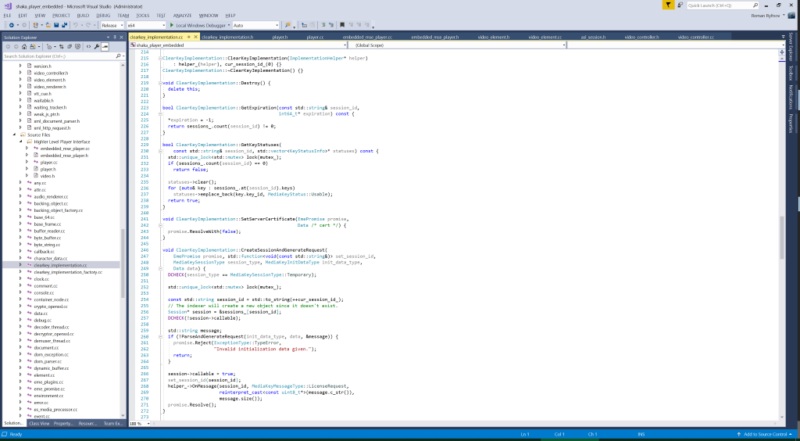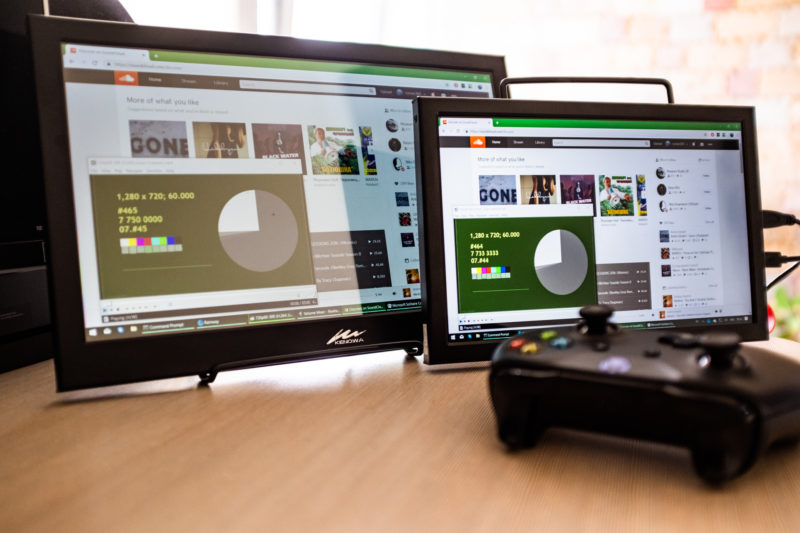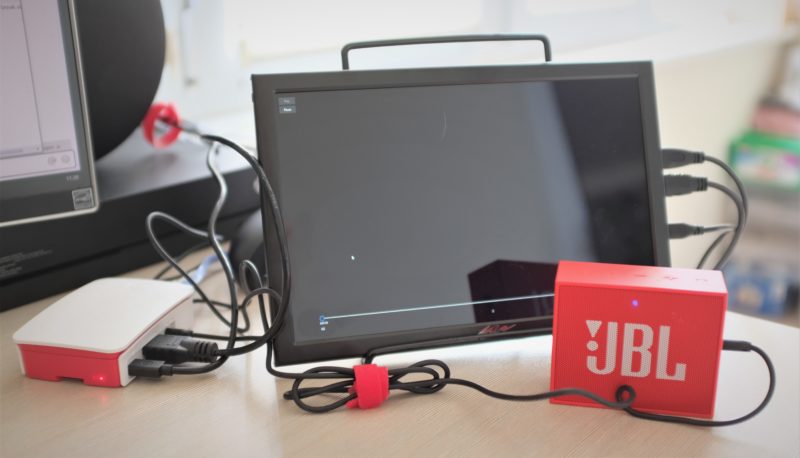Another problem (bug) with Microsoft Media Foundation MPEG-4 Media Source H.265/HEVC handler is that it ignores conformance_window_flagflag and values from H.265’s seq_parameter_set_rbsp (see H.265 spec, F.7.3.2.2.1 General sequence parameter set RBSP syntax).
The problem might or might not be limited to fragmented MP4 variants.
It is overall questionable whether it has been a good idea to report video stream properties using parameter set data. This is not necessarily bad, especially if it was accurately documented in first place. Apparently this raises certain issues from time to time, like this one:
Media Foundation and Windows Explorer reporting incorrect video resolution, 2560×1440 instead of 1920×1080. Perhaps every other piece of software and library does not take a trouble to parse the bitstream and simply forwards values from tkhd and/or stsd boxes, why not?
Not the case of Media Foundation primitives which shake the properties out of bitstreams and their parameter sets. There is no problem if values match one another through the file of course.
A bigger problem, however, is that parsing out H.265/HEVC bitstream the media source handler fails to take into account cropping window… Seriously!
conformance_window_flag equal to 1 indicates that the conformance cropping window offset parameters follow next in the SPS. conformance_window_flag equal to 0 indicates that the conformance cropping window offset parameters are not present.
The popular resolution of 1920×1080 when encoded in 16×16 macroblocks is effectively consisting of 120×68 blocks with 1088 luma samples in height. The height of 1080 is obtained by cropping 1088 from either or both sides. By ignoring the cropping, Microsoft’s handler misreporting video height 1920×1088 even if all parts of video file have the correct value of 1080.
MF_MT_MAJOR_TYPE, vValue {73646976-0000-0010-8000-00AA00389B71} (Type VT_CLSID, MFMediaType_Video, FourCC vids)
MF_MT_SUBTYPE, vValue {43564548-0000-0010-8000-00AA00389B71} (Type VT_CLSID, MFVideoFormat_HEVC, FourCC HEVC)
MF_MT_VIDEO_PROFILE, vValue 1 (Type VT_UI4)
MF_MT_VIDEO_LEVEL, vValue 123 (Type VT_UI4)
MF_MT_FRAME_SIZE, vValue 8246337209408 (Type VT_UI8, 1920x1088)
MF_MT_INTERLACE_MODE, vValue 7 (Type VT_UI4)
MF_MT_FRAME_RATE, vValue 65970697666816 (Type VT_UI8, 15360/256, 60.000)
MF_MT_AVG_BITRATE, vValue 41976 (Type VT_UI4)
MF_MT_MPEG4_CURRENT_SAMPLE_ENTRY, vValue 0 (Type VT_UI4)
MF_MT_MPEG4_SAMPLE_DESCRIPTION, vValue 00 00 00 D1 68 76 63 31 00 00 00 00 00 00 00 01 00 00 00 00 00 00 00 00 00 00 00 00 00 00 00 00 07 80 04 38 00 00 00 48 00 00 00 48 00 00 00 00 00 01 0B 48 45 56 43 20 43 6F 64 69 6E 67 00 00 00 00 00 00 00 00 00 00 00 00 00 00 00 00 00 00 00 00 00 18 FF FF 00 00 00 7B 68 76 63 43 01 01 00 00 00 40 00 B0 00 00 00 00 7B F0 F0 FC FD F8 F8 3C 00 0B 03 A0 00 01 00 17 40 01 0C 01 FF FF… (Type VT_VECTOR | VT_UI1)
MF_MT_VIDEO_ROTATION, vValue 0 (Type VT_UI4)
MF_NALU_LENGTH_SET, vValue 1 (Type VT_UI4)



